People
Flesh and Flowers: Interview with Pipilotti Rist
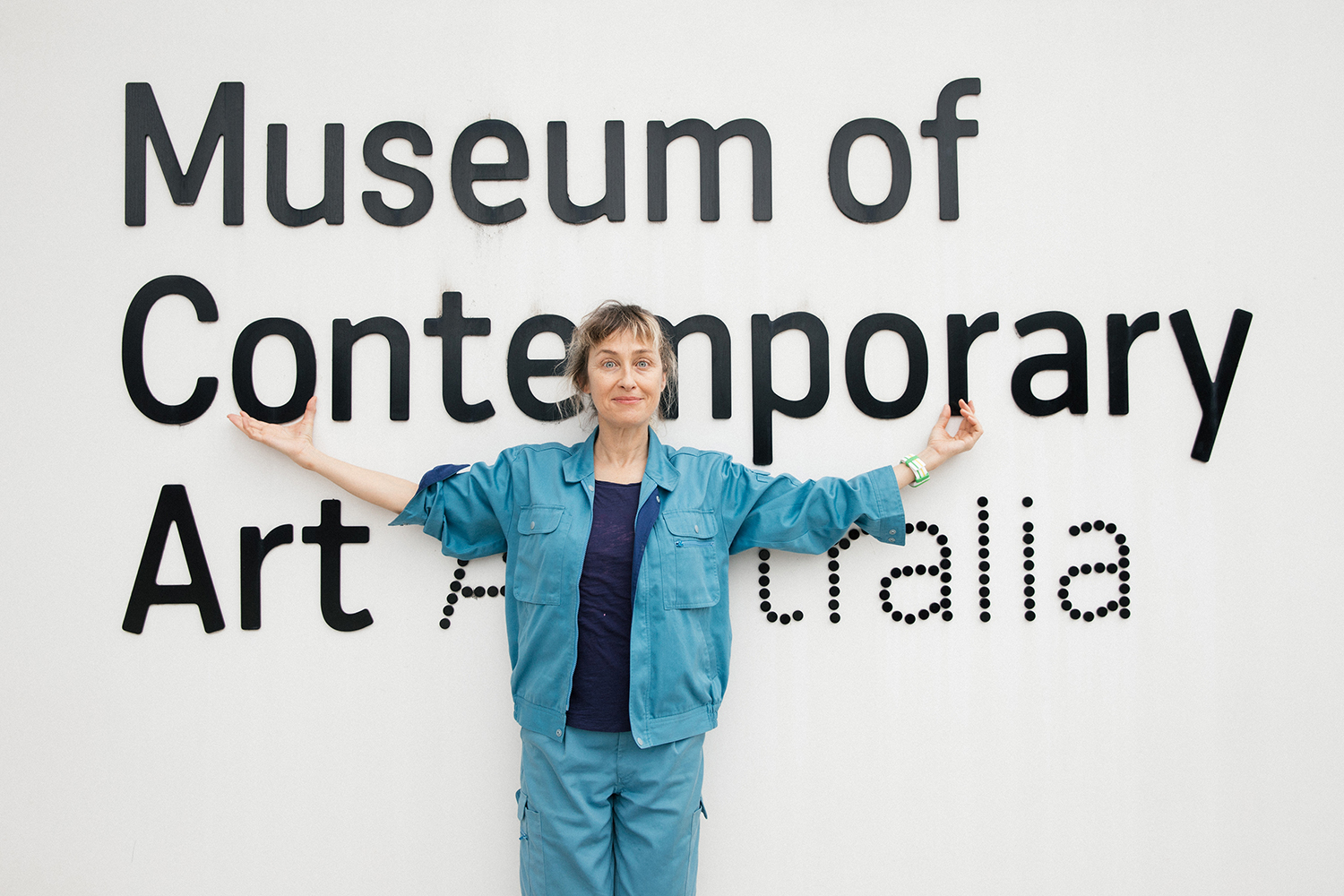

The experimental filmmaker Pipilotti Rist was born in 1962 in Grabs, Switzerland. Rist first rose to prominence in the mid-1980s with her single-channel videos such as I’m Not The Girl Who Misses Much (1986). Made while Rist was studying at an art school in Vienna, the video is designed to be viewed on a monitor and features a bare-breasted Rist dancing demonically. Her wild gestures—a cross between dance and free, primitive movement—disrupts the speed, color and texture of the video’s images as well as its audio dimension until the work verges on the deranged. Rist’s oeuvre became less frenetic as she developed new cinematography and editing techniques. A decade later, she had discovered the immersive power of multi-channel video installations that mix lush landscapes with intimate explorations of the human body (usually her own). Ever Is Overall (1997) was one of her first works to break free from television monitors. Played out in slow-motion across two projections, one channel depicts a beautiful woman in a blue dress and red shoes, full of joie de vivre as she walks along a sidewalk, stopping to casually smash car windows with a flower. The other frame comprises close ups of vibrant natural scenery. Such intensely saturated, kaleidoscopic imagery—seductive and disturbing in equal measure while seemingly void of narrative—have come to pervade Rist’s practice. Her perspective on the world may appear quixotic, but one is always made aware of a hidden discursive site, concerned with society's perception of women’s bodies or the natural environment, rumbling just beneath the surface of her videos.
I’m Not The Girl Who Misses Much and Ever Is Overall will be displayed alongside other key works from Rist’s 30-year career in what promises to be a comprehensive survey at Sydney’s Museum of Contemporary Art Australia. Rist, based in Switzerland, spoke to ArtAsiaPacific over Skype ahead of the exhibition’s opening.
Let’s start with your early years. I imagine you grew up with a television at home. What were you watching?
The television was a box in the corner of the room, which we bought so that we could watch the Apollo 11 moon landing in July 1969. It only displayed black and white. Some years later we got a color set. As a child, I watched the Australian television series Skippy the Bush Kangaroo and later I became a fan of natural history films, which I remain fond of today. Planet Earth is my absolute favorite and I consider David Attenborough—the veteran English broadcaster and naturalist—the master.
Did you have a happy childhood?
Not too happy. Like most 1960s children, I had an absent father. He was a doctor. There were five children in the family and he was always telling us that he never wanted children. I am still trying to reconcile that idea. But he also had a good side. He often took us to the mountains to look at nature.
Did you visit museums and art galleries?
When my father was around we would often visit churches. I saw a lot of churches. My parents were not especially religious but my father was very knowledgeable about Christian art. When I was a child I was very religious. I didn’t dare go to sleep without first reading the Bible.
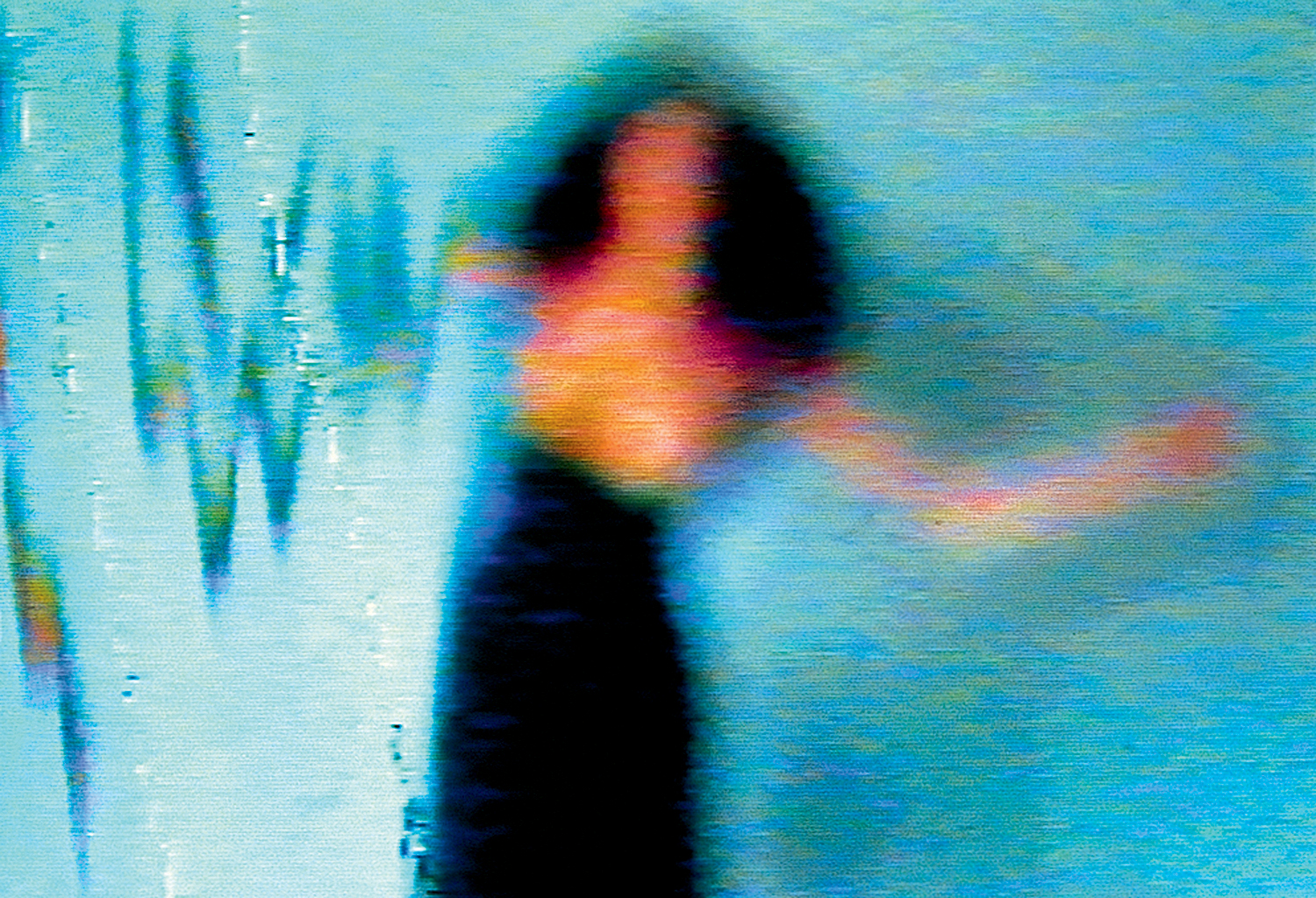
Did you always want to be an artist?
No. There were no signs that I would be an artist. When I went to university in Vienna I started studying theoretical physics but at the same time I was crazy about the idea of dance and how, for me, dance seems to bring us closer to some sort of truth. I switched from physics to study illustration and photography at the University of Applied Arts in Vienna [where she was from 1982 to 1986]. I did not consider myself an artist at the time. However, I recently heard a recording from a super-8 film made by a teacher of mine when I was 19. Someone I knew had copied the soundtrack and played it to me. On the tape, I say, “I want to create spaces with color and moving lights where people move around freely, entering and exiting at will.”
Your single-channel video, I’m Not The Girl Who Misses Much, with its special effects, disrupted soundscape and demonic personality seems to have been influenced by music videos of the 1980s. Can you talk a little about this video?
It dates from my last year at art school. I took a video class because then I could access the editing machine. It was filmed with a VHS camera and then edited on an analogue-editing table. Visual effects like the image pixelating line by line were applied with a small Australian Fairlight visual effect computer. You could do many things with the Fairlight that would otherwise need an expensive production studio. While at art school, I was also working freelance at Ciba-Geigy, a pharmaceutical company, and the chief manager from the video studio there allowed me to use their machine at night too. I was crazy about video editing equipment.
Is there much serendipity in your work?
Both serendipity and careful planning. Normally I have the concept for what I want to do first and along the way there is a lot of trial and error and a lot of wasted footage. I call the process mise en place—to have all the ingredients in place before beginning to cook. I do not always carry a camera.
Your videos have become a mélange of lush colour, inspiring soundscapes and visual incongruities. They are immersive, sensual experiences for the audience. When did you begin to think that videos are not to be watched in a passive, static way but experienced in an intuitive, almost reverential manner?
There is a reverential feeling to my work. A painted ceiling says more than that it is a painted ceiling. It refers to the spirit. The immersiveness of the videoscapes is something that unites us in the experience. I remember from an early age I never liked that we looked into a box [TVs and computers]. It seemed to separate us as people. It was in 1994 that I used a projector for the first time to show a pre-version of Sip My Ocean (1996) in the city next to where I grew up, St Gallen. I used two projectors, in fact. From the first moment, it was a complete and total revelation. The image had come out of the box and into the room.
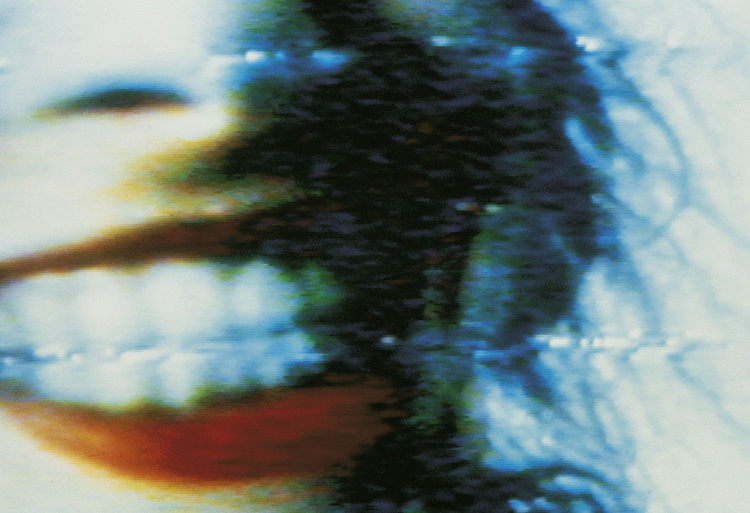
When did you start to think that having the audience sit or lay on the floor would be an appropriate way to view your work?
It happened gradually. But I always thought it was important that the visitor brings their body to the museum. You must physically go to the museum and share the rooms and the experiences with others.
You said that every living room is like a white cube and that you prefer for a home to look like a filled museum. What about your own place?
I live in Zurich and the house is made from an unpainted but beautiful pressed wood, which is also used to make transport crates—I do not have a single white wall. It makes no sense to use the walls for a TV, which is switched off most of the time. My television is mounted on the ceiling, so I lay down to watch television.
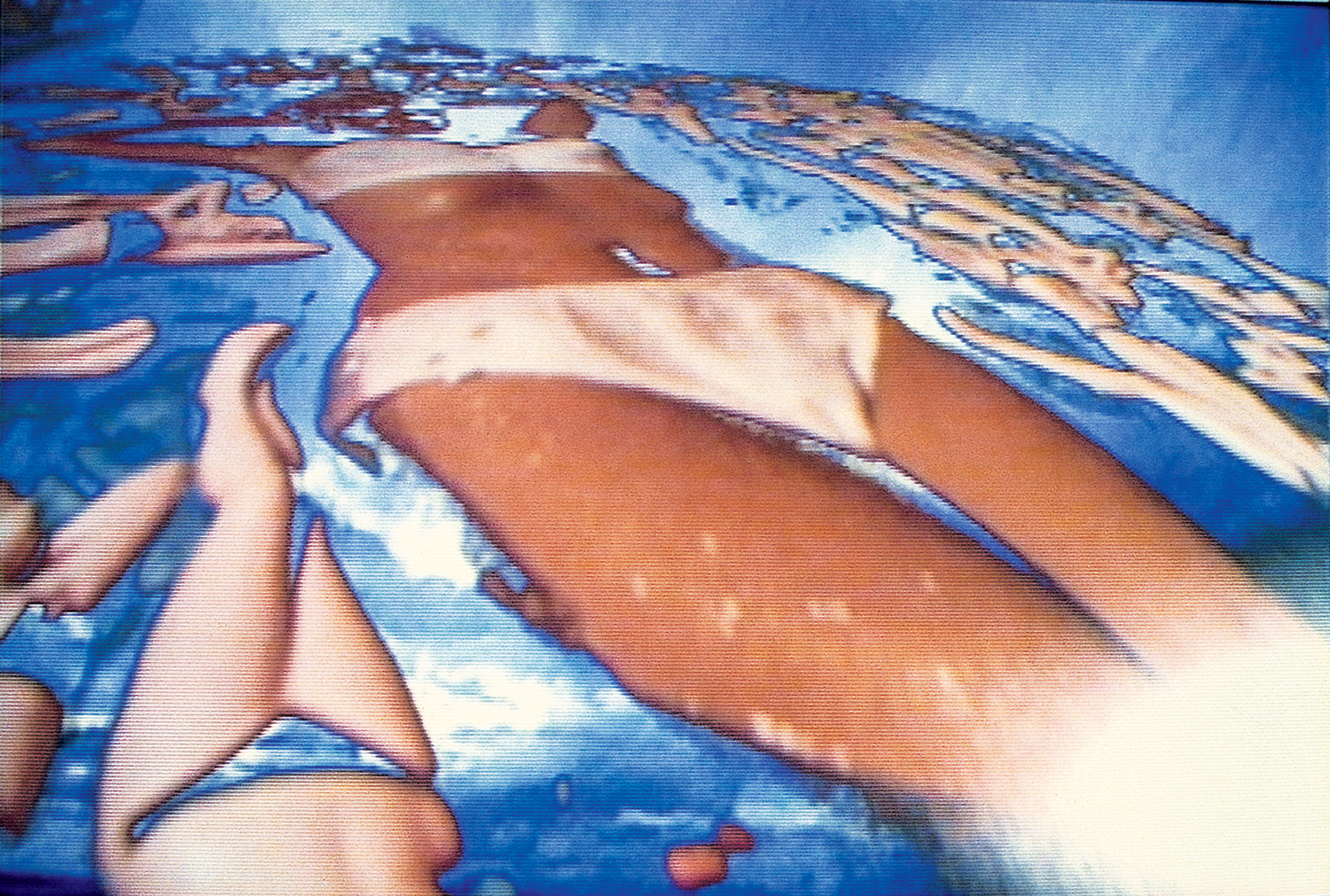
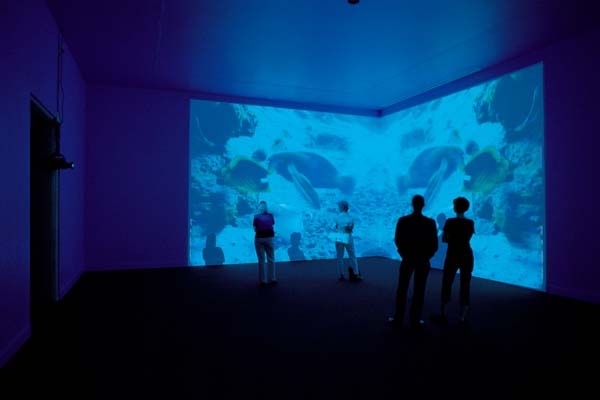
When you began making videos and films you said you didn’t mean to only deal with the female body, but you quickly became identified with feminism. Has this stayed with you?
Of course, I am a feminist in a political sense but in private I don’t have to be a feminist because I am not surrounded by arseholes. I don’t always want to press on the subject because it can become selfish if you talk too much about the rights of your own group.
There is a preoccupation in your films with flesh, grass, water and nature. Are you obsessed with flesh?
Yes, from the inside and the outside. It is the skin that keeps us and contains us as an animal and it is that which we share with everyone. For me, there are constant revelations in nature.
"Pipilotti Rist: Sip My Ocean" is on view at the Museum of Contemporary Art Australia, Sydney, from November 1, 2017 to February 18, 2018.
To read more of ArtAsiaPacific’s articles, visit our Digital Library.







